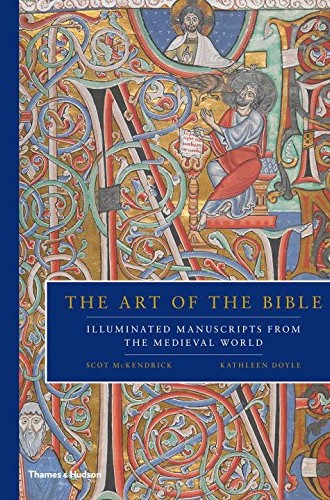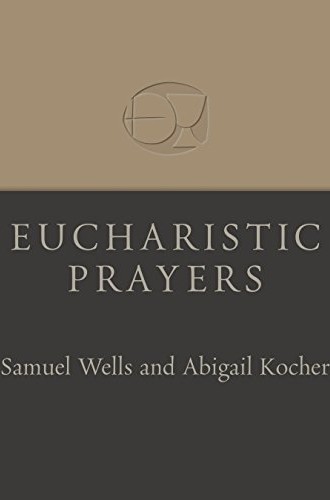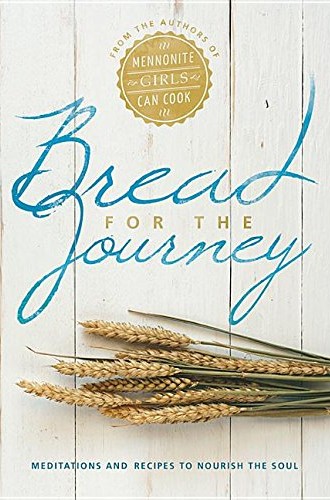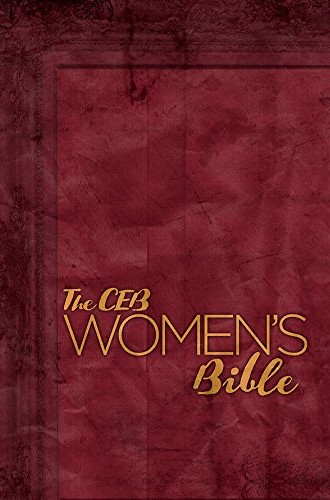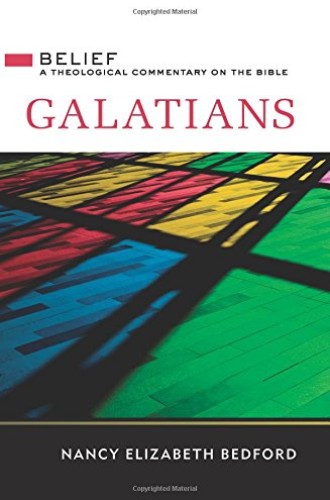Christmas picks: Bible edition
Looking for a Bible-related gift for a friend? Here are my recommendations.
The Art of the Bible (Thames & Hudson). This gorgeous oversized book shows how the Bible functions as art, art as interpretation, and interpretation as evangelism. Rarely have I held such a beautiful book in my hands. Vivid colors pop out in full-page reproductions of medieval illuminated manuscripts from the British Library’s collection. The accompanying commentary by scholars Scot McKendrick and Kathleen Doyle highlights the manuscripts’ history and artistic details. The 45 manuscripts in the book span a thousand years and a wide geographic swath of the early Christian world. They also span much of the Bible’s narrative: Adam and Eve eat the fruit while the serpent lingers; Boaz observes as Ruth threshes; Jesus is born in a stable; flames adorn disciples at the first Pentecost; the seven-headed beast looms. The cover price, which at first glance may seem high, averages out to only $2.11 for each manuscript covered in the book. That’s a bargain for such rich history of visual interpretation.
Eucharistic Prayers (Eerdmans). This resource book will be refreshing for leaders of lectionary-based worship with holy communion who don’t feel strictly bound to their own denominational resources. Samuel Wells and Abigail Kocher offer Eucharistic prayers tied to the Revised Common Lectionary texts for every Sunday in the three-year cycle as well as feast days and other occasions for communal worship like marriage and Martin Luther King Jr. Day. Even worship leaders who don’t use full Eucharistic prayers will find here evocative images of salvation history, like this one from the prayer for Advent 4, Year A: “Fearless God, who came in a dream to Joseph, dream through us anew today. Speak into our places of fear. Transcend and transform all that keeps us from living your dream.” Those are just the words I needed to hear (and speak) this Advent.
Bread for the Journey (Herald). I’ll admit that I was skeptical when I learned that the authors of this devotional book have a blog called “Mennonite Girls Can Cook.” The term girls seemed infantilizing, and the connection of women with cooking seemed just too cliché. But when I opened the book I found a lovely collection of reflections on biblical texts, prayers, questions for discussion, and sumptuous recipes that even a non-cook like myself can make. (My favorite is the baked oatmeal, which you can find here.) The authors tell stories of persecution and migration, hope and community, suffering and faith. The discussion prompts that follow each devotion are provocative: “Imagine yourself in the arms of God. How does it change your outlook today?” “How does the fact that God lived in a human body change your daily life?” “What one thing could you do this week to build community in your neighborhood?" Rich food for thought.


